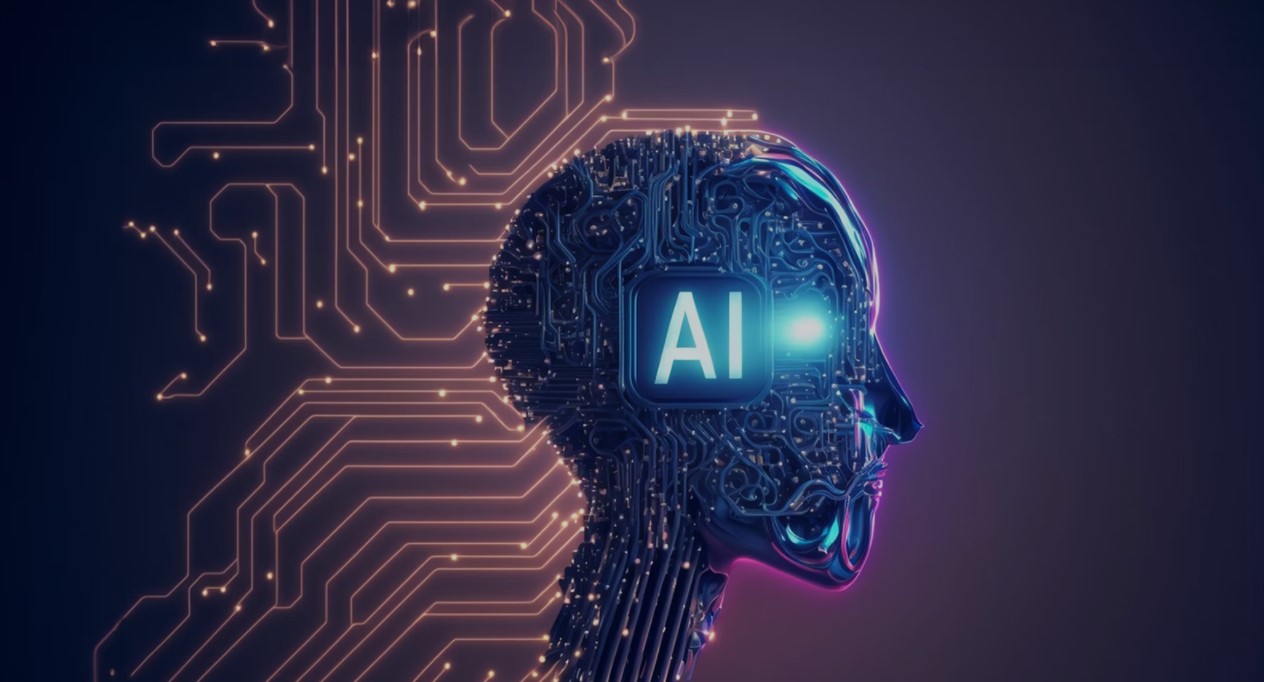You’ve probably heard of and used generative AI (Artificial Intelligence) in the form of various tools such as ChatGPT, Midjourney, or Sora (can’t get those Stephen Hawking videos out of my head).
Well, we may soon see all these tools and more become even more advanced than they already are, with the birth of generative AI 2.0.
But what exactly is generative AI 2.0? How will it work? And what are the changes that it will bring? All these questions and more will be answered in this article.
Let’s dive right into it.
What is Generative AI 2.0?
In simple terms, Generative AI 2.0 is a term used to describe the next stage in generative AI technologies. Tools and systems powered by Generative AI 1.0 had the power to generate content such as text or images. This new iteration will level up on that by using 3 improvements, which are
- Sophisticated Algorithms
- Improved Models
- Deeper Contextual Understanding
These features combined will allow the technology to independently perform more diverse and complex tasks with a natural, personalized, and interactive touch. This power can lead to a range of applications for both individuals and businesses, some of which I’ve covered next.
Major Applications of Generative AI 2.0
From generating audio or video to writing full-fledged code and everything in between, this section explores some of the major ways that we can put Generative AI 2.0 to good use.
Generating Original Content
Generative AI 2.0 can create content such as text, audio, video, or code with an original style and structure. This power can be used to amplify human potential across various creative fields, such as journalism, advertising, or filmmaking, to name a few.
Streamlining Software Development
Generative AI 2.0 can suggest, write, comment, and debug code independently, leading to a more streamlined and efficient software development process.
By handling most of the tough work, it can also make such tasks easier for individuals who are not very adept at performing them. These features are leading to easier learning opportunities and digital product creations across multiple industries.
Generating Synthetic Data
Many, if not all, businesses need to transform digitally to keep up with rapidly changing market conditions and customer expectations.
Generative AI 2.0 can help them do that by creating synthetic data that can be used to train machine models, simulate scenarios, or fill gaps in real datasets. This feature is particularly useful for areas where research and experimentation are needed, such as climate science or drug testing.
Supporting Teachers and Students
Using Generative AI 2.0, various educational institutions, from schools to universities, can improve both the teaching and learning experience.
It can allow both sides to create, assess, and personalize the learning process. For example, educators can use these tools to automate feedback and create personalized learning plans or supporting resources for students of all financial and cultural backgrounds.
Improving Customer Service
Customer service is one of the most important business functions, since it can either convert a visitor into a loyal customer or client, or a lost opportunity.
Businesses from a diverse range of industries can use generative AI 2.0 to improve this function using round-the-clock voice assistants or chatbots that deliver personalized, human-like service and use interactive content. This can allow businesses to enjoy the best of both worlds: happy customers and lower operational costs.
To make the most of generative AI and turn these potential applications into realities, both businesses and individuals should prepare by following certain steps. The next section explores some of the major ones.
How Businesses and Individuals Can Prepare for Generative AI 2.0
To prepare for and make the most of this upcoming technology, businesses and individuals need to follow a couple of steps. I’ve broken them down for each.
For Individuals
As an individual, you can:
- Learn the Basics: Build foundational knowledge on AI, machine learning, and deep learning. If you’re in a technical role, learning programming languages such as Python and key libraries such as NumPy and Pandas can help.
- Develop your Skillset: You’ll need to focus on diversifying your skill set to include ethics, data handling, and technical decision-making. Advanced learning of Natural Language Processing (NLP) and Computer Vision may also prove useful.
- Stay Up to Date: Use online and physical resources to stay informed about new developments, such as new models and agentic automation, through communities, blogs, and research papers.
For Businesses
As a business, you can:
- Train your Team: To effectively use the technology, your team will need to have sound knowledge of what it is. You may need to start training programs to bring them up to speed.
- Identify Applications: Conduct a business analysis of where you might be facing excess costs or operational inefficiency to correctly use the technology for such areas.
- Develop a Sound Digital Infrastructure: This includes everything, such as secure data management systems, computing power, and a fast and reliable internet connection. If you’re looking for an internet provider, reaching out to the Spectrum customer service can help you set up.
- Create Ethical Guidelines: Create policies for ethical use and compliance, and set systems in place to identify and remove any bias.
Generative AI 2.0 – All Set to Unlock New Possibilities
The advanced algorithms, improved models, and deeper contextual awareness that generative AI 2.0 promises can unlock a range of new possibilities across diverse industries, from education to healthcare and beyond.
Of course, this is highly dependent on both individuals and businesses preparing for the technology. With the steps I’ve shared above, both sides can equip themselves to make the most of Generative AI 2.0.

